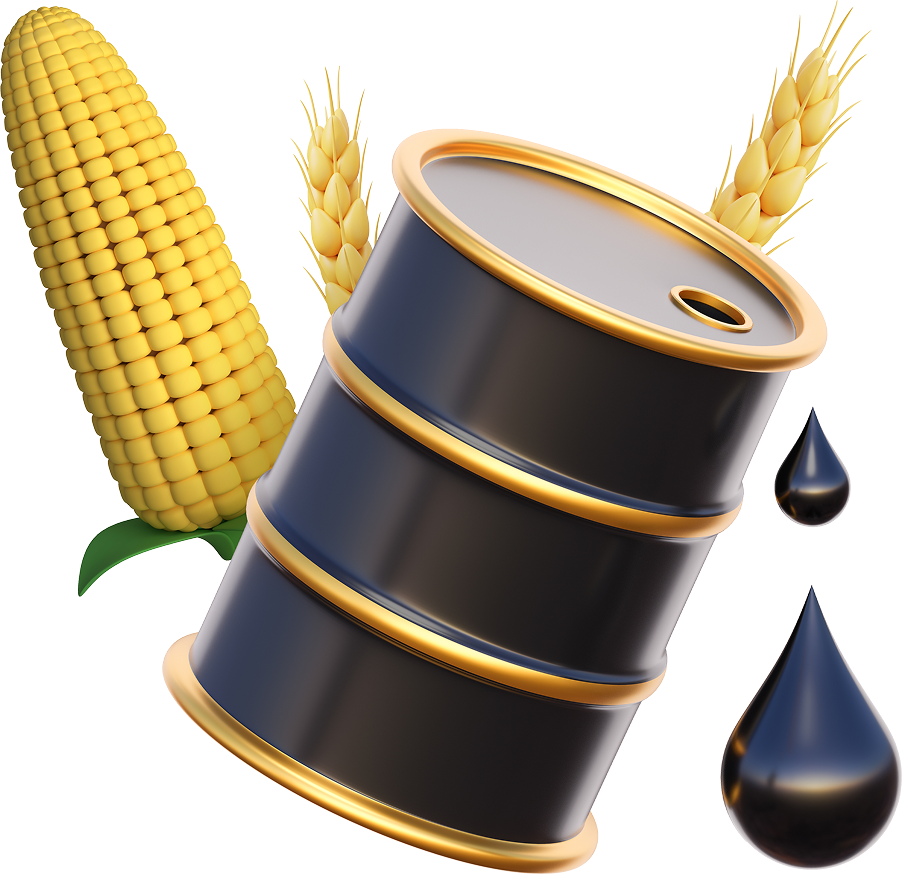Traders speculate on the price movement of these goods using instruments such as CFDs (Contracts for Difference).
Tangible assets based on physical goods with real-world demand, like gold used in jewellery and investment
Volatility with sharp price movements during global events, such as COVID-19-related demand drops
Market drivers include weather, geopolitics, supply chains, and demand cycles — for example, hurricanes disrupting oil supply
Diverse sectors like energy, agriculture, and metals offer variety — e.g., crude oil, corn, and silver
Hedging potential through offsetting positions, such as using commodity CFDs to manage oil price risk

Step 1: Follow Commodity Market News
Track supply and demand trends, geopolitical events, and weather patterns that affect prices
Step 2: Learn Analysis Techniques
Study fundamentals like inventories and economic trends and use charts and indicators to spot price movements
Step 3: Use a Demo Account
Practice trading gold, oil, or agricultural commodities with virtual funds to build confidence without financial risk
Step 4: Take Courses and Attend Webinars
Learn about contract types, leverage, and margin through online courses, and get real-time insights from expert-led webinars
Step 5: Apply Risk Management
Use stop-loss orders, manage position size, and avoid overleveraging, especially in volatile markets like crude oil or natural gas
Download our comprehensive trading guide for beginners and intermediate traders looking to sharpen their skills.
Access tested trading strategies designed to improve your entry, exit, and risk management decisions.